The Colorful Beauty of Japanese Trees |
|
Japan is more than Japanese culture,
it is also a land of unspeakable natural beauty. A big part of that fact
is the marvelous and beautiful trees that grow in the land of the
rising sun. Lets have a look and see some of the most gorgeous ones.
|
 |
| The Japenese Wisteria is a far cousin of the common garden peas. This remarkable tree, of the legumes family, is a climbing, vine-like plant that that has been grown for years in gardens around East Asia. It was imported to the new world in the beginning of the 19th century, where it took over large areas and was considered a natural pest, climbing on other trees and suffocating them. |
|
|
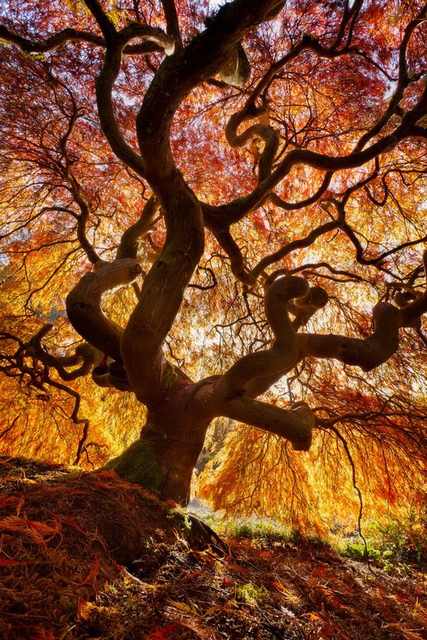 |
| The Chinese Fire Tree, despite its name, is also very common in Japan, and for most of the year, has green leaves. But during the fall its leaves change to strong colors of orange and red, which is how it got its name. During the 18th century missionaries sent samples of it to Russia, where it was scientificially categorizeed, and today is a component of many ornamental gardens. |
|
|
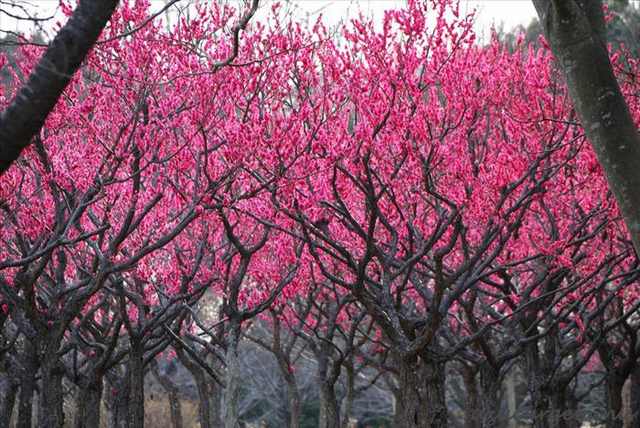 |
| Japenese Plum Blossom |
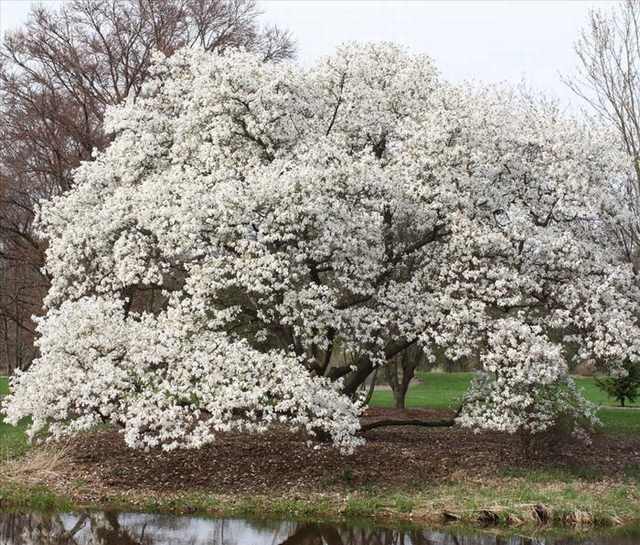 |
| The Kobushi Magnolia Tree blooms during the early summer and has white flowers with just the tiniest pink hue to them, which have a nice, gentle scent. The meaning of the work Kobushi in Japanese is 'fist', a name that apparently comes from the fruit of the tree, which grow in dense clusters. Along with lilies, the Magnolia family of trees is considered the oldest plants that had flowers, or at least the earliest ones we could find fossils for, up to 58 million years ago. |
|
|
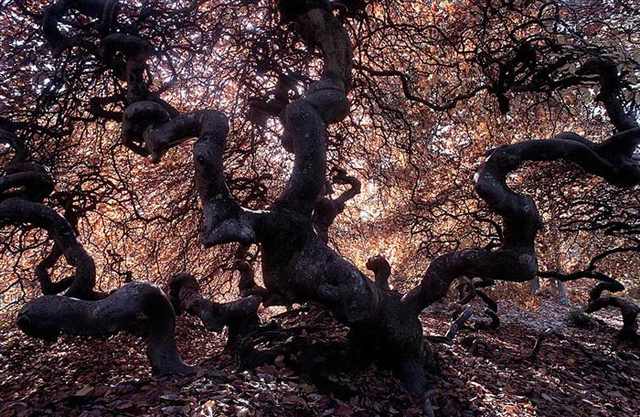 |
| The Japanese Beech is one of the most common trees found in the Japanese forests. The tree grows up to 24 meters high and has very dense foliage, but come fall its leaves fall off and it remains naked. Like other trees of the Beech family, this tree grows both male and female flowers at the same time. |
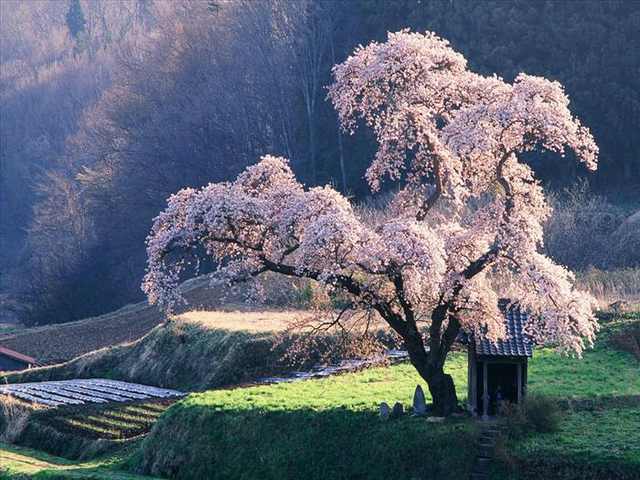 |
| The Japanese Cherry Blossom Tree is perhaps the tree most identified with Japanese culture. The Japanese celebrate the blooming of the cherry blossom tree every April, along with the start of the school year. Many families gather under these trees and have festive picnics under them. This tradition is very old, and has been going since the 8th century. |
|
|
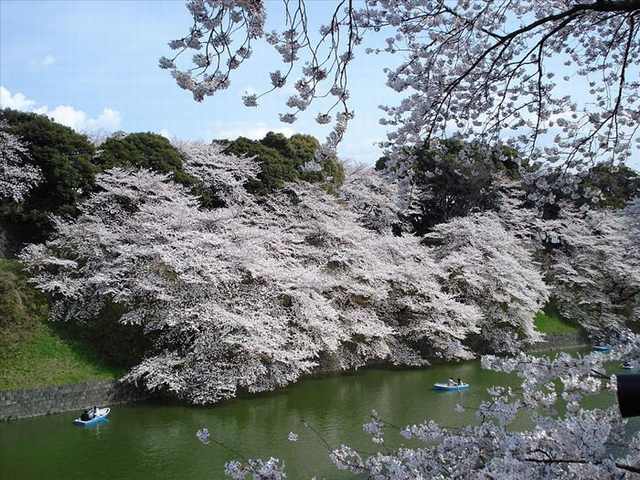 |
| The cherry is the national tree of Japan. In 1912, the mayor of Tokyo gave Washington D.C a special gift of 3,000 Japanese Cherry Blossom Trees, and ever since then, the blossoming of these trees has been annually celebrated there, as well. |
|
|
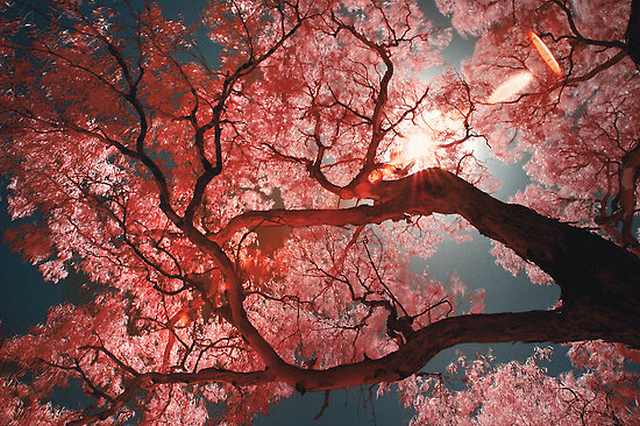 |
| The Red Sakura Tree is one of the most beautiful sub-species of the Cherry Blossom Tree. |
 |
| The Japanese Maple Tree is one of the most popular trees found in Japanese ornamental gardens, and in the rest of the world as well. This special tree, which has many sub-species that stay red all year, has been depicted many times in Japanese art, especially in paintings and poetry. |
|
|
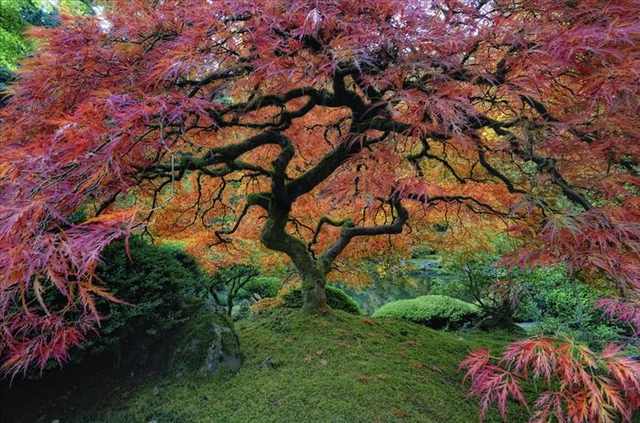 |
| The many branches and different colored leaves of the tree are a symbol of the beauty of nature, of calm and peace, and that is the significance it has in traditional Japanese songs and stories. |
|
|
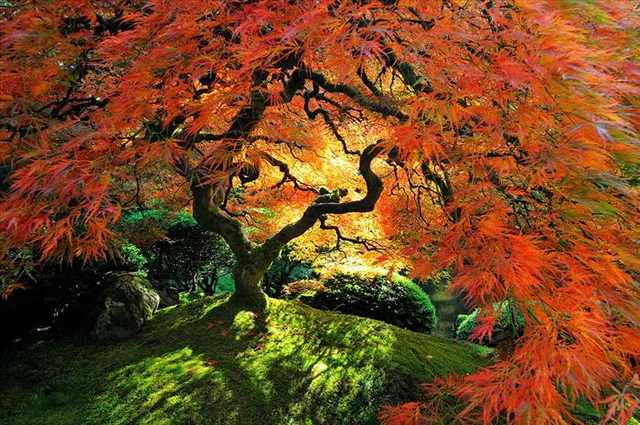 |
| One of the nicknames of the tree in Japanese culture is 'kito', which means 'calm'. |
|
|
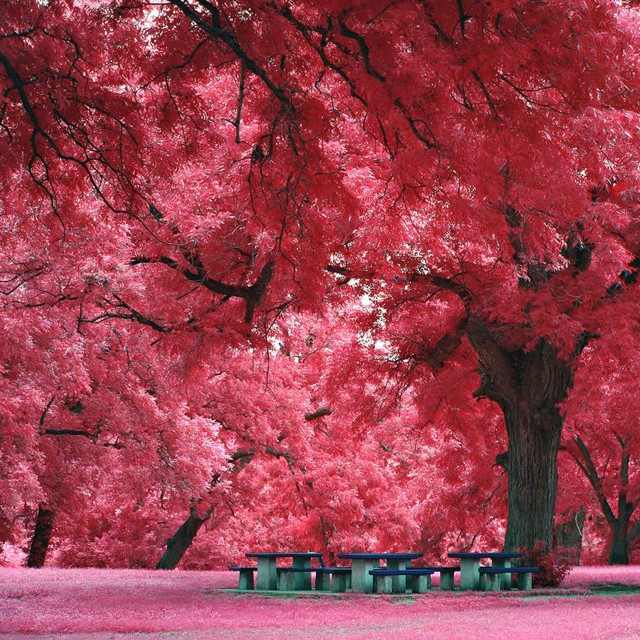 |
| The Maple is also a symbol of autumn in Japanese culture, a time when many Japanese go 'maple hunting', in which they go to the hills with the sole purpose of watching these gorgeous trees. |
|
|
mercredi 2 juillet 2014
The Colorful Beauty of Japanese Trees
Inscription à :
Publier les commentaires (Atom)
Aucun commentaire:
Enregistrer un commentaire